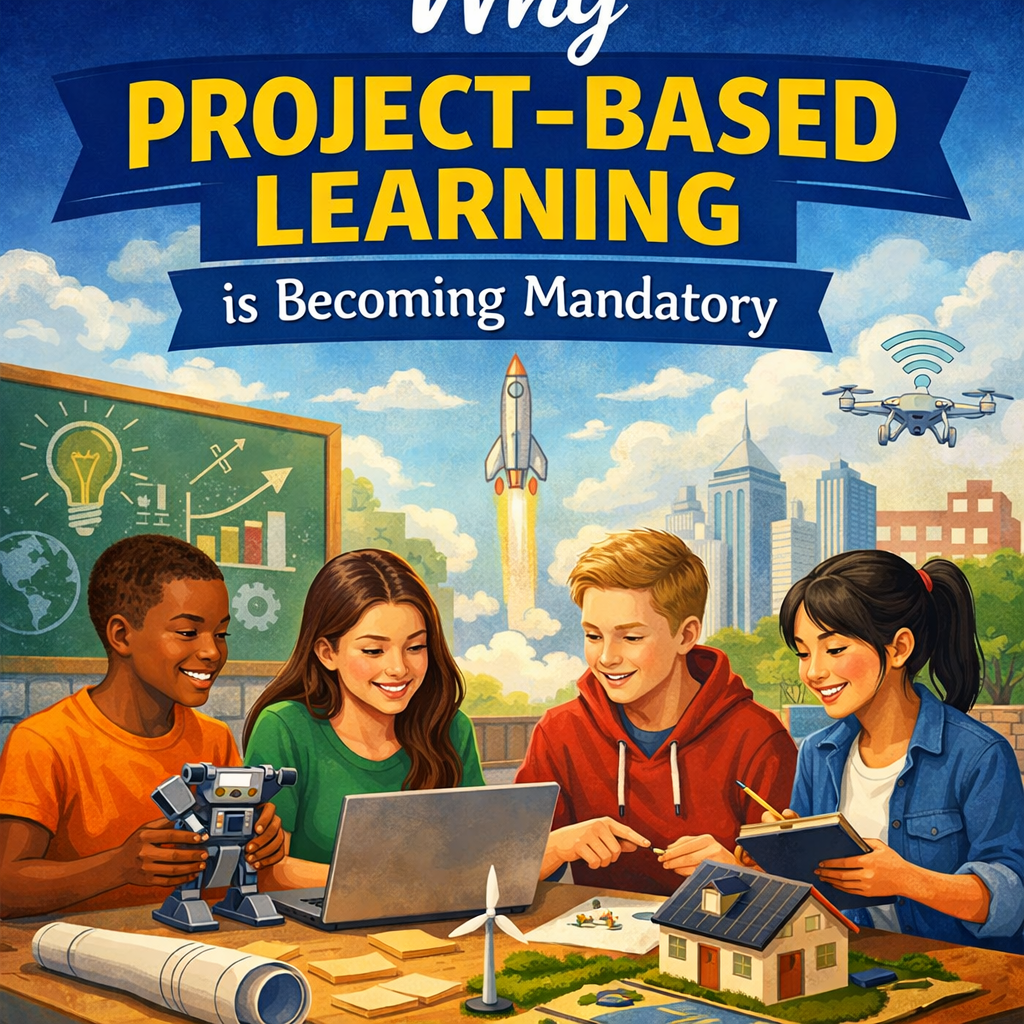Introduction
Are you a freelancer?
A freelancer performs their work well, but true growth happens when they start getting more clients — that’s when they can generate a stable income.
Freelancing is a great option if you want to earn a side income or build a long-term career. In this journey, the client is the main character of your success.
It’s not necessary that you always get clients only from websites. Many freelancers get tired of searching for clients on platforms but still don’t find any. That’s why, along with applying on platforms, you should also try some practical methods (like the ones included in this article) to find clients more easily.
Finding Freelance Clients Without Using Platforms
1. Build a Personal Brand to Find Clients
Personal brand is presenting ourselves in a unique professional identity. It is a combination of our skills, achievements, and experience that separates you from other candidates. Basically, whenever anyone hears your name, in their minds, your image should be clear and positive. This is the goal of personal branding.
Brand consistency means keeping the image tone, style, and message of your brand the same on every platform. From this, the audience can recognize you easily and will trust your brand.
For an example: if you are using a friendly and casual tone on Instagram, then you have to use the same tone on the website and on LinkedIn as well. Logo, colors, and messaging should be aligned. If you use a different look and tone on every platform, the audience can get confused and your brand value could be reduced. Consistency makes your brand identity strong and creates a loyal audience for the long term.
Staying relevant with industry trends
You have to be relevant to industry trends because the market and audience keep changing. If you use outdated ideas and styles, then you will fall behind the competition. To understand, you have to research the market, observe competitors, and take feedback from your audience. But do remember that following every trend blindly is not important; follow only those trends that match your brand values and the interests of your audience.
For example, if there is a trend of eco-friendly products and your brand is about the fashion industry, you can start using sustainable materials from this, and you will be seen as modern and relevant.
2. Leverage LinkedIn for Networking
Your LinkedIn profile is your digital first impression — it’s often the first place recruiters and potential employers check before contacting you. To make it effective, start with a professional profile picture and a clear, keyword-rich headline that reflects your role or target position (e.g., “Aspiring Digital Marketer | Content Creator | SEO Enthusiast”).
Let’s see in detail;
- Professional Profile Picture :
Your profile photo is the first thing people notice. Make sure it’s:
- High quality (clear, not pixelated)
- Professionally dressed.
- Friendly and approachable expression.
- Clean background.
Tip: Avoid selfies or party photos — go for a simple headshot with good lighting.
- Catchy & Clear Headline :
Your headline doesn’t have to be just your job title. Use it to show your value, skills, and target role.
Examples:
“Unemployed | Looking for work”
“Content Writer | SEO Specialist | Helping Brands Grow with Engaging Content”
A good headline grabs attention and helps you appear in searches.
- Strong About Section :
This is where you tell your professional story. Use simple language to cover:
- Who you are?
- Your top skills and experience.
- Your goals or what you’re looking for?
- A call to action (e.g., “Open to new opportunities” or “Let’s connect!”)
- Use short paragraphs or bullet points to make it easy to read.
- Experience & Roles :
Don’t just list job titles — explain what you actually did. For each role:
- Mention your key responsibilities
- Highlight accomplishments
- Add numbers or results when possible.
- “Increased blog traffic by 60% in 6 months through SEO strategy and content updates.”
This helps recruiters understand your impact.
- Skills & Endorsements :
Add relevant skills to your profile — LinkedIn allows up to 50, but focus on your top 10–15. Ask colleagues or past clients to endorse your top skills to build credibility.
Pro Tip: Match your skills to the jobs you’re targeting.
3. Use Cold Email Outreach to Find Clients
You can also find freelance clients by contacting them directly; style and tone are also important. When you approach any professional through LinkedIn or email, first give your short interview – who are you, what is your occupation, and what is the purpose of connecting. Keep the message short, polite, and personalized.
Example
“Hi [Name], I came across your profile while exploring opportunities in [industry/role]. I’m currently looking to grow in this field and would love to learn from your experience. Would you be open to a quick chat sometime next week?”
This type of message shows your professionalism and your genuine interest. If you receive any message from them, don’t forget to reply to them with a thank you message. And if you don’t get any response, then send a polite follow-up after 2 to 3 days. Always start a value-based conversation, don’t approach just to ask for help. First, build a relationship then opportunity will come automatically.
How to identify companies you’re interested in?
To identify companies you’re genuinely interested in, start by reflecting on your career goals, preferred work culture, and industry. Research companies through LinkedIn, Glassdoor, and their official websites to understand their mission, values, work environment, and growth opportunities. Pay attention to news, articles, employee reviews, and social media updates to gauge how they treat employees and their reputation in the market. Join industry-specific forums or events to discover popular or rising companies in your field. Make a list of companies whose work aligns with your skills and interests, and follow them for job updates and networking opportunities.
Crafting a personalized cold email/message.
Crafting a personalized cold email or message starts with researching the person or company you’re reaching out to. Begin your message with a friendly greeting and mention something specific about their work, recent achievement, or company values to show that you’ve done your homework. Clearly state who you are, what you’re looking for (e.g., job opportunity, advice, collaboration), and why you’re reaching out to them specifically. Keep your tone professional yet warm, and your message short and clear. End with a polite call to action like requesting a quick call or asking if they’re open to connecting. Always thank them for their time.
4. Collaborate and Get Referrals
Referrals can increase your chances of getting clients faster. Don’t hesitate to reach out to people in your network — former colleagues, friends, mentors, or even LinkedIn connections — and politely ask if they can refer you for a freelance role in their company. A referral not only boosts your credibility but also helps your application stand out in the sea of online applicants. Make sure to personalize your message and explain why you’re a good fit for the role. A simple, professional request can go a long way!
5. Attend Events
If you are seriously looking for a client, then only finding online is not enough. Networking events like job fairs, industry meetups, webinars, seminars, or LinkedIn live sessions give you opportunities to meet real professionals. It is very helpful for your career.
Here are some practical tips that every job seeker must follow to gain maximum benefits from these events.
Research Before You Attend :
Find out who is attending – speakers, companies, and other professionals. Make a list of people or companies you want to connect with. Prepare a few questions or topics in advance.
Prepare Your Elevator Pitch
Have a 30-second self-introduction ready where you confidently say who you are, what you do, and what you’re looking for.
Example:
“Hi, I’m Priya, a freelance content writer focusing on lifestyle and motivation. I’m currently exploring full-time roles where I can use my skills to create engaging digital content.”
Dress Professionally
First impressions matter! Whether the event is in-person or online, dress neatly and professionally.
Be Confident but Respectful
Don’t hesitate to start a conversation. Ask about their work, share your interests, and try to find common ground. But avoid being pushy or asking for a job right away.
Collect Contacts and Follow Up
Exchange LinkedIn profiles or emails. After the event, send a short thank-you message and stay in touch with the people you met.
Attend Events Regularly
The more events you attend, the better you get at networking. Over time, you’ll build a strong professional circle.
6. Build Long-Term Relationships
Completing only one project on Upwork or on Fiverr should not be a goal. You get real success when you work with long-term clients. When a client is impressed with your work and professionalism then they will hire you again and that is when you create your steady income source. Long-term clients in freelancing are your foundation because they give you stability, trust, and consistent growth.
Tips to build long-term client relationships,
- Always deliver work before the deadline.
- Keep communication clear and professional.
- Take feedback positively.
- Offer improvements and extra value.
- Turn one-time project into your ongoing work.
- Maintain professionalism even after delivery.
A successful freelancer isn’t someone who just completes projects — it’s someone who builds trust and long-term connections with clients. When your client sees you as reliable, skilled, and professional, they hire you again and again — and that’s the true secret to sustainable growth in freelancing.
7. Network and Collaborate
Networking is very important in client hunting because, with the help of networking, you can reach those opportunities that are sometimes unavailable on portals. Many companies hire candidates through referrals, which means that if you have a strong network, you will be aware of those jobs. You get real industry insight from networking, like which skills are in demand, what the company’s culture is, or what the expectations of a specific role are.
When you interact with a professional, it also boosts your confidence and improves your communication skills. Which helps in your interview. Networking is not limited to jobs only – it can also be one way for freshers long-term career growth. If today you are having a small conversation with a professional person, no one knows, maybe the next day that person will be the reason for your big opportunity.
Networking could be overwhelming for a job seeker, but if you follow a step-by-step approach, then it will become easy and effective. First, you need to set your career goal, like – in which industry do you want a job, which role do you prefer, and which company is your priority. Then, accordingly, you have to use your network, like a school or college benchmate, a colleague, a teacher, or family friends.
Conclusion
This article covered practical ways to find freelance clients without relying on platforms like Upwork or Fiverr. You learned how to build a personal brand, use LinkedIn effectively, send cold emails, network in online communities, and create content that attracts clients.
By applying these strategies, you can gain more control over your freelance work, build long-term relationships, and increase your income without depending on third-party platforms. It may take time and effort, but consistency and clear communication will help you grow a strong, independent freelance career.
You can explore more informational blogs to build your career successfully with the help of the blogs of Best Job Tool.







Leave a Reply